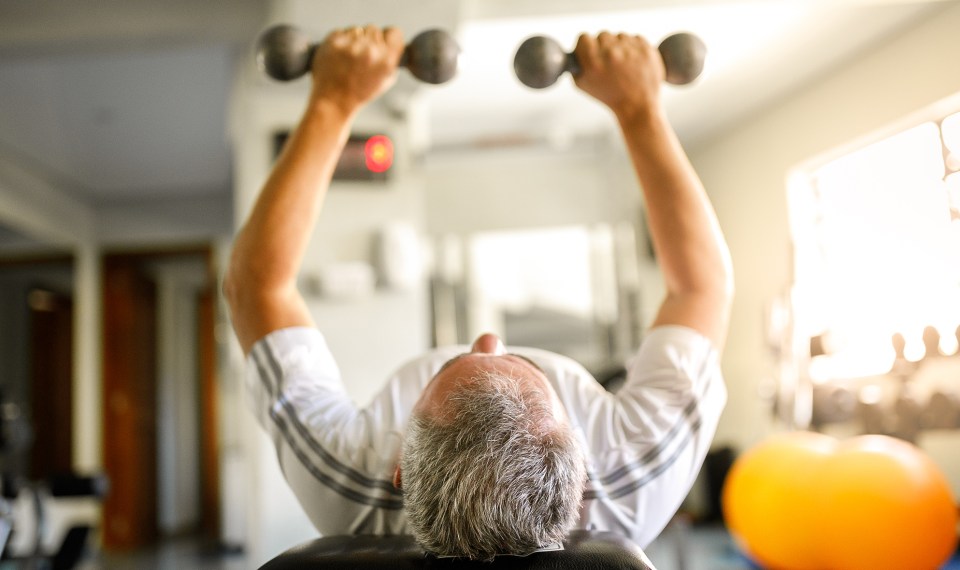People often think about the need to protect their skin from ultraviolet (UV) rays with sunscreen, protective clothing and shade. However, your eyes need just as much protection, as exposure to bright sunlight leads to cataracts, macular degeneration and growths on the eye that could be cancerous.
Exposure to harmful UV rays can come from light produced by the sun, tanning beds, sun lamps and light reflecting from a lake or snow.
UV rays include UV-A, UV-B and UV-C rays. Most people will only experience UV-A and UV-B rays in their lifetime. The radiation created by these types of UV rays often causes sun damage like sunburn, sun poisoning and premature aging.
UV-C rays are the most dangerous but not something that most people have to worry about. UV-C rays from the sun never reach earth because the ozone absorbs it. The most common people who need to consider the harmful effects of UV-C rays are people who work with welding or work around mercury lamps.
Thankfully, you don’t have to avoid the sun entirely. There are a couple ways you can protect your eyes from UV rays.
Sunglasses
Sunglasses are great for blocking the sun, keeping you from squinting and protecting the sensitive skin around your eyes and eyelids. But if you’re looking to protect your eyes, you need a specific kind that blocks UV rays. It’s not the darker lenses or more expensive sunglasses that do this; sunglasses that block UV rays will say 100% UV-A and UV-B protection.
Hats
Wearing a hat keeps the sun off your face and head, and it is also an effective way to keep harmful UV rays from your eyes. When choosing a hat to wear, your best option is to choose one that has a wide-brim. Wide-brimmed hats will help keep the sun out from all angles and help keep the sun off your ears, neck and shoulders.
When protecting your eyes from UV Rays, here are some things to remember:
- Don’t rely completely on UV-protected contact lenses. Contact lenses don’t cover the entire eye, nor do they protect the sensitive skin around your eyes.
- Cloudy weather can be equally damaging to your eyes as sunny weather since UV rays still go through the clouds.
- Think about peak sun times. Peak sun times occur between 10 a.m. and 4 p.m., so be extra careful during these hours.
- Never look directly at the sun, even in cloudy weather or during a solar eclipse. Looking directly at the sun can cause damage to your retina from solar radiation.
- Remember that kids are just as susceptible to sun damage as you are.
If you think you may have already damaged your eyes through exposure to UV rays, keep an eye out for these symptoms:
- Eye pain, including a gritty feeling like you may have sand in your eye
- Headache
- Eyelid twitching
- Swelling
- Tearing
- Redness
- Sensitivity to bright light
- Seeing halos
- Vision loss or color changes
- Constricted pupils
Damage to your eyes can be painful and will require medical attention. It’s important to go see your ophthalmologist if you’re experiencing discomfort or any sudden changes to your vision.
The content of this site is for informational purposes only and should not be taken as professional medical advice. Always seek the advice of your physician or other qualified healthcare provider with any questions you may have regarding any medical conditions or treatments.



